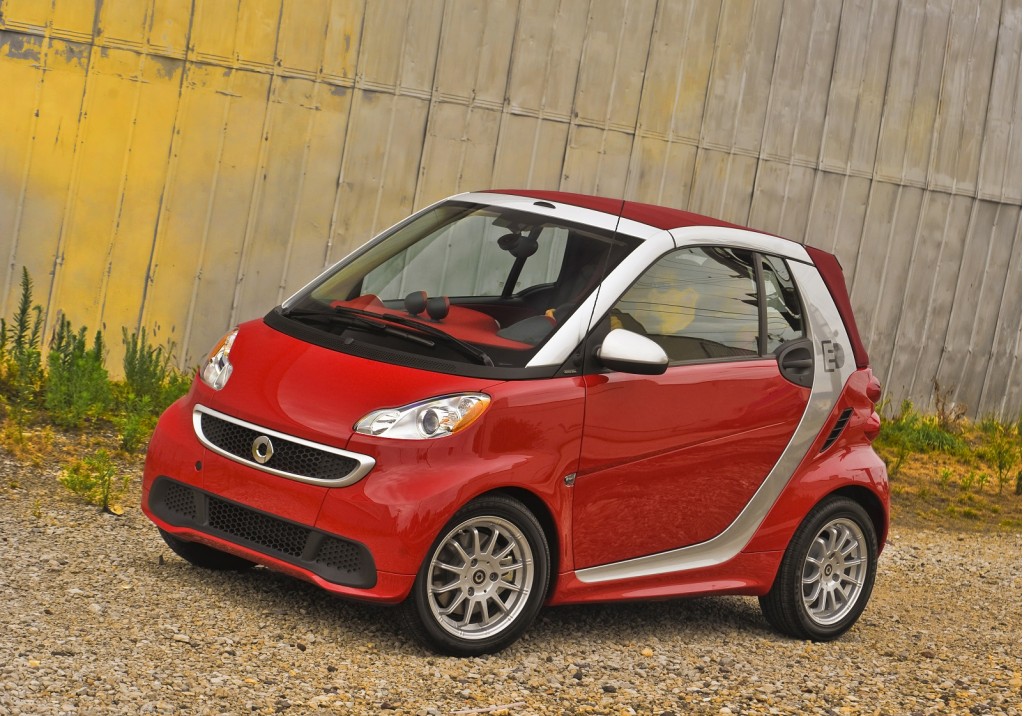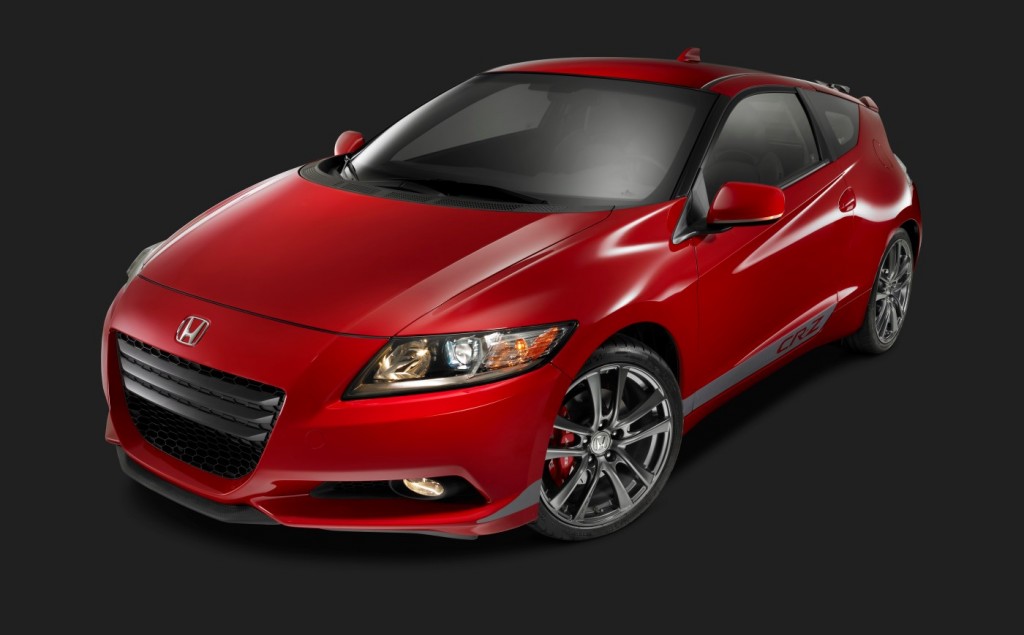Efficiency is a many-splendored thing, and cutting vehicle weight has multiple beneficial effects.
A lighter car requires less energy to move, meaning engine output can be lower.
This, in turn, requires smaller, lighter powertrain components--which require less-beefy suspensions, further reducing weight. And so on.
DON'T MISS: Surprise: Heavier, More Powerful Cars Get Worse Gas Mileage (Jul 2009)
A recent article from IEEE Spectrum argues that vehicles still weigh far too much--and it analyzes vehicle-to-passenger weight ratios over history to make the case.
A Ford Model T from 100 years ago had a vehicle-to-passenger weight ratio of 7.7, it says, about the same as today's Japanese bullet trains.
But the full list of 10 examples spans more than two orders of magnitude.
Best is the bicycle: If a lightweight model weighs 15 pounds, it has a vehicle-to-passenger weight ratio of 0.1.

2015 Cadillac Escalade, 2013 Los Angeles Auto Show
At the other end of the scale is the huge, gaudy, almost-19-foot-long 2015 Cadillac Escalade EXT, which features a ratio of 39 with a single 150-pound occupant.
Author Vaclav Smil urges that each vehicle carry more people--something that 70 years of dispersed U.S. suburban zoning works against.
And he explains why the ratio has increased over the last century.
"Cars got heavy," he writes, "because part of the world got rich and drivers got coddled."
ALSO SEE: Ford Fusion Lightweight Concept: How To Make A Car 25 Percent Lighter
"Light-duty vehicles are larger, and they come equipped with more features, including automatic transmissions, air conditioning, entertainment and communication systems, and an increasing number of servomotors."
A study done more than five years ago at the University of California--Davis looked at improvements in engine efficiency from 1980 to 2005.
That study, Automobiles on Steroids: Product Attribute Trade-Offs and Technological Progress in the Automobile Sector, concluded that only 15 percent of those improvements had gone toward boosting fuel efficiency.
The rest was used to move vehicles that had gotten heavier, while giving them vastly better acceleration.

2014 Smart ForTwo Electric Drive
While the Spectrum piece correctly identifies one source of the weight gain, it ignores one vital reason that vehicles are now heavier: safety.
Thirty years ago, only a handful of European makes--Volvo and Mercedes-Benz among them--used safety as a selling point for their cars. And driver's airbags had only just started to filter into new cars.
Today, cars that score less than the highest ratings on highly-publicized crash-safety tests by the National Highway Traffic Safety Administration (NHTSA) and the Insurance Institute for Highway Safety (IIHS) are viewed with skepticism.
When the IIHS recently introduced a new Small-Overlap Frontal Crash test, based on accident data showing that cars didn't protect occupants in those particular crashes, automakers rushed to redesign the frontal crash structures of their cars to score better on those tests.
MORE: How Cars Can Get Better Gas Mileage, Invisibly: Lower Weight
One good example of the difference in weight: Today's Honda CR-Z is a two-seat, three-door subcompact hatchback coupe that's meant to marry the small, sporty nature of the 1983-1991 Honda CRX coupe to a more efficient hybrid powertrain.
The first generation of CRX weighed less than 1,900 pounds; today's CR-Z tips the scales at almost 2,700 pounds.
Some of that is due to the hybrid battery pack and motor weight, along with a much longer list of features--but quite a lot of it is due to the requirements of the structure needed to absorb crash energy and deflect it away from occupants.

2014 Honda CR-Z HPD Supercharged
In the end, we can't argue with Smil's conclusions: Average vehicle weight per passenger has risen--and we'd use fuel more efficiently if we carried more people on each trip, as mass transit does.
But we wish Smil had taken into account a major reason for the weight gain.
After all, we suspect virtually no car buyers would agree to a gain of 1 or 2 mpg in exchange for a car that did worse on crash-safety ratings.
Would you?
[hat tip: Rick Feibusch]
_______________________________________________













